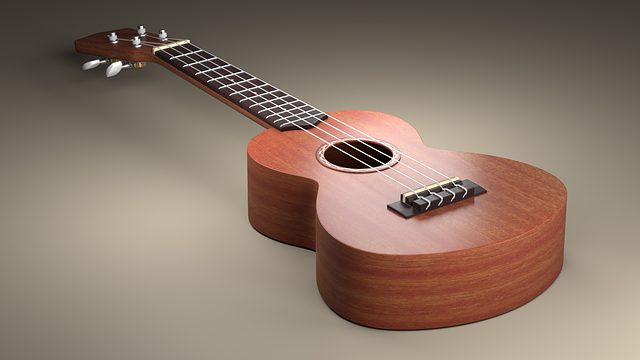The ukulele is one of the most endearing instruments on the planet. It’s lightweight, full of good vibes, and will generally make people happy hearing it – as long as you know what you’re doing that is. So, here’s 10 helpful ukulele tips to keep in mind that will make you sound great wherever the music takes you.
- Take time for terminology
The ukulele is composed of three main components: the headstock (where you find the tuners), the neck (where the frets are, and where generally your left hand goes to play notes or chords), and the body, which holds the saddle, bridge, and sound hole (which is generally where you place your strumming or picking hand). - Learn how to tune
Though you can explore a number of tunings, the standard tuning for a ukulele is GCEA. It helps to be in tune, especially when jamming with other people, so you might want to get a clip-on tuner you can easily carry with you. - Learn the basic chords
There are a few simple chord shapes to learn, which will get you started on ukulele. A chord chart is useful so you can see the shapes visually, which will help reinforce your learning process and memory. These include triads, open chords, and barre chords, among others. - Remember: Strumming is key
Strumming goes in two directions: up and down. Strumming patterns are made up of various combinations of up/down- and combined with the speed/timing of your strum, can drastically change the feel of a song. When learning a new pattern, or if one is tripping you up, you might want to start at a slower pace and work your way up in speed so that your strumming is consistent. - Learn how to pick
Picking is the alternative to strumming, when playing ukulele. You can pick lightly or with gusto, but you want it to be a deliberate choice. Often, you want range and dynamics in your song, and a good way to do that is to break it up with picking on one section (perhaps softer) and strumming in another section. - Practice solo techniques
It’s not guitar (which can trip up some players coming from guitar). However, a lot of the same techniques can be used while soloing. Sliding into/between notes, hammer-ons, pull-offs and bends are all great tricks to creating a solo. - Learn the different types of ukulele
You may be surprised to find out there are different kinds of ukuleles, based on different sizes. Soprano is the smallest, then concert; tenor is the largest of “normal” ukuleles, and finally there is the baritone — really its own beast with its own tuning. Find the right ukulele for you! - Explore different genres
It’s great to discover different musical genres. Ukulele originally comes from Hawaii, so there are lots of opportunities to learn Hula music, but you can play whatever you like if you can figure out the strumming and/or picking patterns… jazz, pop, reggae, surf, rock ’n roll, blues, you name it! - Take care of your instrument
Get a well-padded case for it, handle your little uke with love, and detune your strings before flying in an airplane because drastic temperature changes affect instruments. - Have fun
Sometimes learning new things can be frustrating if you want to do them perfectly — but it’s all for naught if you’re not enjoying it. It’s called “playing” ukulele for a reason! So follow your bliss, learn songs you enjoy and have a grand ol’ time just rocking out. The rest will come with time.
